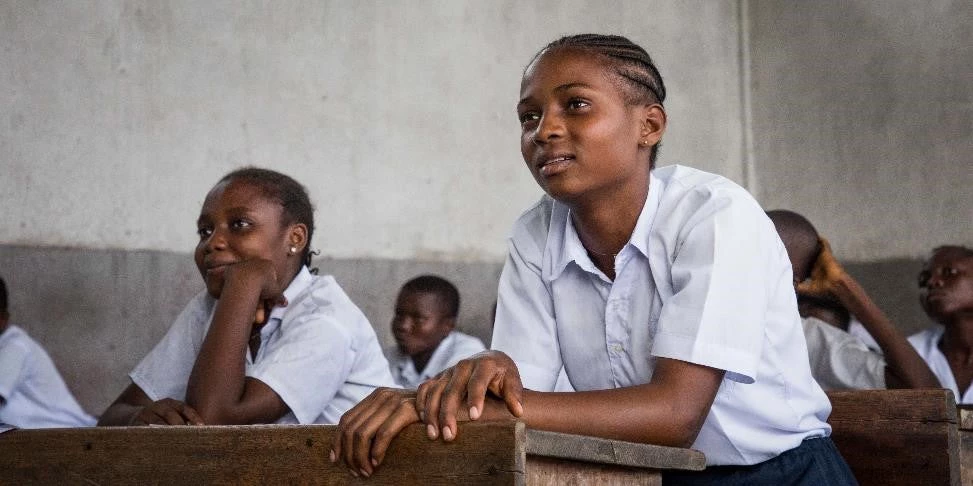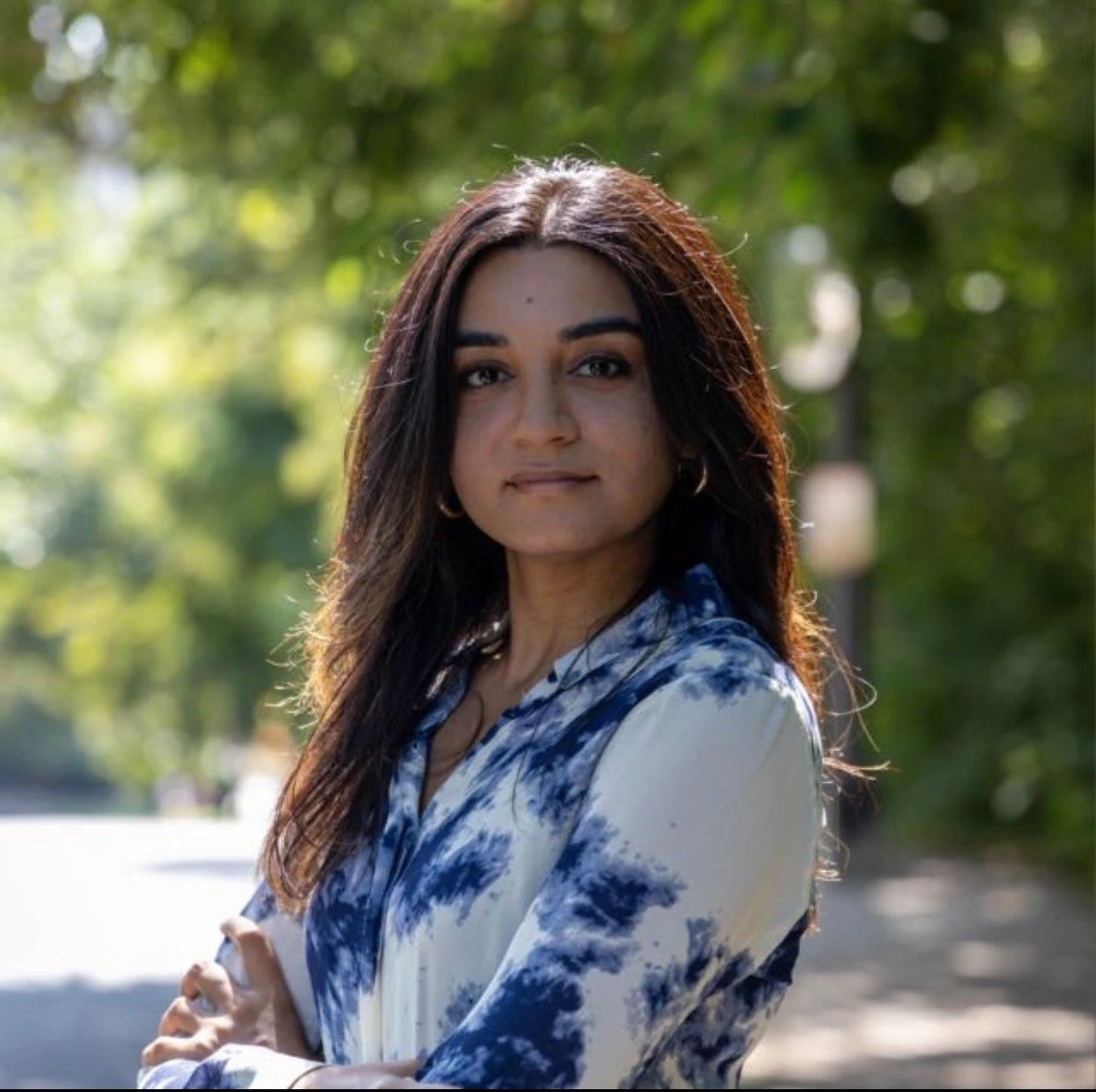 Girls in crisis-affected countries will receive on average only 8.5 years of education in their lifetime. Copyright: Vincent Tremeau/World Bank
Girls in crisis-affected countries will receive on average only 8.5 years of education in their lifetime. Copyright: Vincent Tremeau/World Bank
Globally, education indicators for girls look promising. However, the most vulnerable girls still face huge hurdles and obstacles while trying to obtain an education.
Girls in conflict- and crisis-affected settings are 2.5 times more likely to be out of school than girls not in these contexts. At the secondary school level, girls are 90% more likely to be out of school in fragile, conflict, and violent (FCV) settings than those not. Out of over 120 million girls who are out of school, over 50% of these (68 million) are in FCV countries. Girls in crisis-affected countries will receive on average only 8.5 years of education in their lifetime. Below are countries with the lowest primary school enrollment rates for girls – 60% of these 40 countries are classified as FCV.
Countries with the lowest primary school enrollment rates for girls

These statistics paint a harrowing picture of girls’ education in these circumstances. In addition, learning poverty – the percentage of 10-year-olds who cannot read or understand a simple text in their language – is much higher in these situations. For example, in Chad, Niger, Yemen, and Afghanistan, learning poverty is above 90% for girls.
Girls in these conditions also face exceedingly higher rates of violence. Girls and women are already vulnerable in many settings but are often targeted because of their gender in attacks on education.
Innovative approaches to get girls in school in FCV contexts
In our recent Policy Note that serves as a background note for the new WBG Gender Strategy 2024-30, Achieving Gender Equality in Education, we outline our approach for girls’ education: (1) getting girls into school, (2) ensuring schools are safe and inclusive for them, (3) making sure they learn well while at school, and (4) supporting them in the school to work transition. However, each of these goals faces additional barriers in FCV situations.
It will take innovative approaches to reach the most vulnerable girls, along with more focus and financing. Girls and young women need to be protected while they are attending school. Special care needs to be taken for mental health and trauma responsiveness when addressing girls in these circumstances. Education programming also needs to ensure that financial barriers are removed to address the many challenges girls are facing. In our current active education portfolio, over one quarter (27%) is in FCV countries—across 42 active projects tackling a myriad of hurdles that girls face.
For example, in Nigeria, the Adolescent Girls’ Initiative for Learning and Empowerment is one the largest projects of our education portfolio in recent years, and focuses on ensuring secondary schools are safe, accessible, and inclusive for girls. The project has renovated over 5,000 classrooms so far, and a quarter of a million girls have received scholarships through the program. The project also provides a variety of life skills training for adolescent girls on digital literacy, health education, gender-based violence awareness and prevention, negotiation skills and self-agency.
In Yemen, our Restoring Education and Learning project addresses the need for more female teachers in rural schools in Yemen by providing stipends and financing for female school teachers.
In the Democratic Republic of Congo, the Girls’ Learning and Empowerment Project is working to provide safe and equitable access to education, particularly for girls, and removing financial restrictions that girls have for attending school. With a focus on secondary school, it also works towards improving teaching and learning, and seeks to make teaching more effective and schools safe, inclusive, and free of sexual exploitation and abuse.
Committing to girls’ education in fragile and conflict situations
Education serves as a positive support for girls and young women in difficult times. However, it remains hard to obtain for many girls and young women. At a time when global conflict is at high levels, we must remain committed to education for girls and young women in these fragile environments—as education serves as a key peace-building tool in preventing conflict and violence. Together with our partners, we can ensure that the most vulnerable girls are given the opportunity to reach their full potential. In honor of International Women’s Day, let’s remember and recognize the girls and young women who face the biggest hurdles to obtaining education.



Join the Conversation